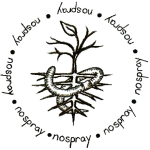Warning: Illegal string offset 'filter' in /var/www/wp-includes/taxonomy.php on line 1718
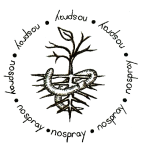 No Spray Hawaii
No Spray Hawaii
Nature’s Concept:
Growing Food is Easy When You Understand Nature
L. Rieber, No Spray Staff Writer
Back
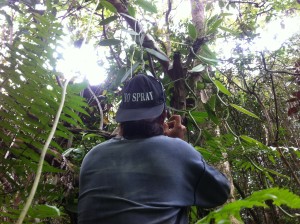 Nature? What is nature?
Nature? What is nature?
In ancient times, nature meant birth. That’s it. Nature was birth. In Latin, nature can be described as the “essential qualities of life”. Today, we define nature as “untouched by humans”. Literally the realms in which a plant or animal lives without human input or upkeep. When there is a lot of nature in one place, we call it “wilderness”. No Spray Hawaii would describe nature as “thriving ecosystem full of life” – plants and animals that thrive without the need for human made products including synthetically derived fertilizer and chemical pesticides.
We must understand that nature has never changed.
Nature itself has never altered from her original state, yet our definition and perspective of nature has over time.
How much nature is left on the planet? In reality: None.
Zero percent of our world is left to be “discovered” and therefore our entire world has been touched by humans in some way or another. Someone has made it there before. According to our wilderness standards, wilderness are considered places that are “the most intact, undisturbed, wild, natural areas that humans do not fully control or developed with roads, pipelines, or other industrial infrastructure”. Only 17 % of our entire planet, across the world falls into the “wilderness” category.
When we look at the United States of America, only 4% of our entire landmass would be considered wilderness. Only 4%. This is our national wilderness parks including Yosemite National Park or the Forest Reserves. Places that we visit to “get away from society”. What is shocking is that half of the 4% is located in Alaska. It is right below the Artic Cirle where the majority of humans find completely inhabitable to live comfortably. Although in recent years more and more corporations are creating livable areas in order to access the oil that lies under the ocean in Alaska.
This leaves only 2% of the entire continental United States considered, wilderness. 2%. 2% of our country has not been manipulated and converted for human use and ease of living.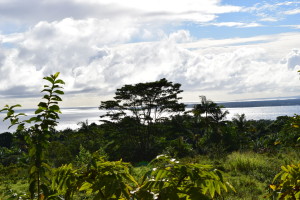
So don’t be surprised if you don’t fully understand nature, or the concepts or principles that lie within. That is a natural reaction due to the fact that there is not much nature left in our world to be a part of.
Not all is lost! Nature has an amazing ability to regenerate and thrive when given the right conditions. We can give our own landscape the conditions needed for nature to heal and thrive once again. This is natural agriculture. This is permaculture. This is sustainable agriculture. This is the No Spray Way. By understanding nature, you can understand the concepts and principles that lie within and utilize them for your own advantage. You can use nature to heal lands. You can use nature to grow food. You can have nature do the work for you to grow food because nature is designed to grow plants and animals without human inputs. It is easy for nature to grow plants and animals. Understanding Nature and her abilities is the first concept.
The first step in understanding something is to observe it. Watch it. See what the patterns are. See the do’s and do not’s. But not just any nature, you have to observe the nature in which you want to live in and mimic. The nature of a Hawaiian Jungle will be very different than the nature of a Hawaiian Lava Field. Furthermore the nature of California’s desert valley’s will seem opposite of the nature in the northern parts of Maine.
First step in understanding nature is to observe nature.
The more we observe nature the more we find the specifics within. If we observe many different types of natural areas we can pick apart the principles that lie within nature that allows the thriving of plants and animals all around the globe.
Here is a series of questions to help you observe and determine Nature’s Principles. They are also listed here: Nature’s Principles
Lets Start:
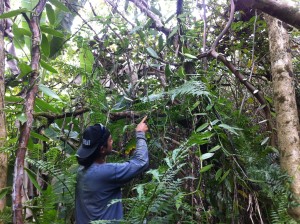 When looking at a natural area?
When looking at a natural area?
- What is nature comprised of?
- What do we see the most of when looking at a natural area?
- What lives within the plants / trees?
Principle: Plants and animals comprise nature – Not just one or the other.
- What is the two most abundant colors that we see?
- What color are the leaves of most plants?
- What colors are the branches or trunks?
- Does these colors change throughout the world?
Principle: Nature is comprised of both green (nitrogen) and brown (carbon) material.
- How many different types of plants are there in nature?
- How many different types of animals are there in nature?
- Are there different sizes, shapes, abilities?
- Are there less large plants and animals than smaller ones?
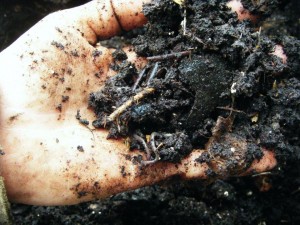 Principle: A variety of plants and animals of different sizes, shapes, abilities, species and purposes comprise nature to promote a check and balance system.
Principle: A variety of plants and animals of different sizes, shapes, abilities, species and purposes comprise nature to promote a check and balance system.
- What do you think all of these plants doing?
- Why would nature have all these different types of plants and animals?
- What is the purpose of a weed?
- Why would nature have plants that are seemingly obnoxious?
- Would it be safe to say that all of these plants are working together to cover the soil from the sky?
Principle: Nature covers her soils from the elements.
- Why would nature take such effort to cover soil?
- What happens to us when we are left out in the sun, rain, snow, wind?
- What happens when we don’t put on sunscreen at the beach?
- What is living in the soil that cause the plants to drop their leaves to protect it?
Principle: Nature covers her soil to protect soil microbes.
- Read more about Soil Microbes HERE
- Can you find compost around the natural area?
- What is the byproduct of compost?
- How is compost made?
Principle: Where there is thriving plants, there is compost. Humus is derived from compost.
- Why does the plants protect the soil microbes so much?
- What is creating the compost?
- What does photosynthesis have to do with plant growth?
Principle: Nature Relies on a trading system between the excess sugar created by the plant during photosynthesis and the minerals obtained through mineralization by microbes during composting.
- What keeps everything in nature together?
- How come the jungle never runs out of calcium? nitrogen? Phosphorus?
- How do the rivers keep flowing?
- How does the air keep circulating?
Principle: Nature is a master at recycling. Noting goes to waste or is thrown out.
Now that you see the principles within nature – you can utilize them to your own advantage in the garden by ensuring that you are following all the principle within. If you are having difficulty growing food without products – make sure you are following the principle!
Last question:
Why do some plants need synthetic fertilizers and chemical pesticides where as places being taken care of naturally do not?
(Hint: are they being grown naturally following natures principles?)
About the Author:
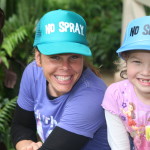 Laura Rieber holds a BS in Agriculture with a focus on sustainability from the University of Hawaii, several certificates in agriculture business development and is a master gardener. Laura has designed a natural agriculture training course for returning veterans to learn to grow food naturally that is being incorporated into a Natural Agriculture Training Center. She practices natural agriculture at her home on the Big Island of Hawaii. The moment she realized the corporate lies that feed the world was the moment she was inspired to write about the truth about natural agriculture. She co-created No Spray Hawaii with her partner, Jesse Fujimoto to help others gain awareness. She teaches natural agriculture principles on the Big Island of Hawaii. CONTACT
Laura Rieber holds a BS in Agriculture with a focus on sustainability from the University of Hawaii, several certificates in agriculture business development and is a master gardener. Laura has designed a natural agriculture training course for returning veterans to learn to grow food naturally that is being incorporated into a Natural Agriculture Training Center. She practices natural agriculture at her home on the Big Island of Hawaii. The moment she realized the corporate lies that feed the world was the moment she was inspired to write about the truth about natural agriculture. She co-created No Spray Hawaii with her partner, Jesse Fujimoto to help others gain awareness. She teaches natural agriculture principles on the Big Island of Hawaii. CONTACT
Back to Nature’s Concepts
If you find yourself enjoying the information, please support us by purchasing on of our many farm products or services! Thank you for your support!
No Spray
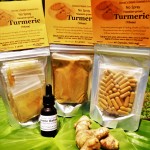
Products
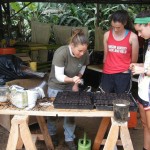
Services
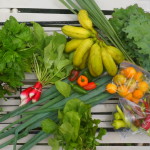
Education
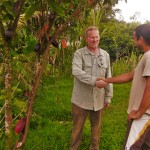
Growers

